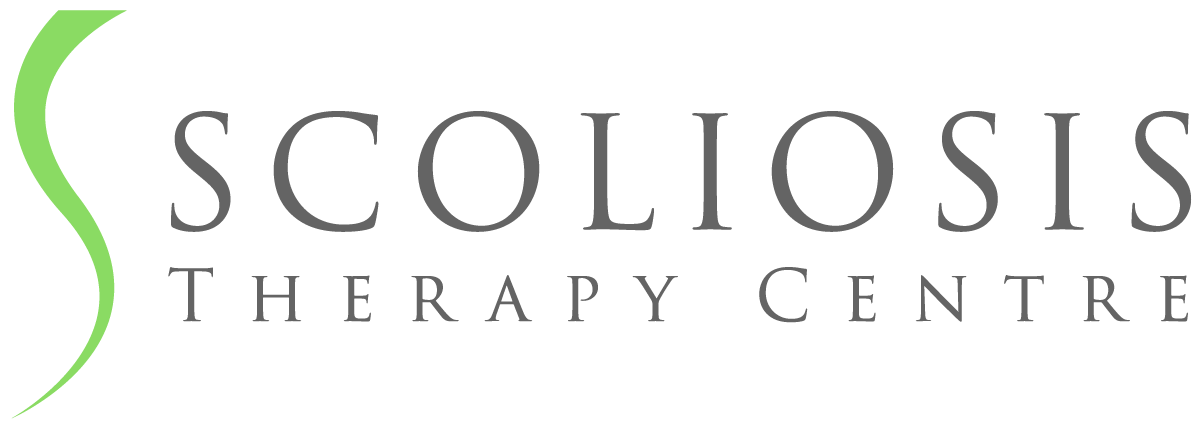According to the SOSORT 2016 Guidelines, there is now strong evidence emerging which is supporting the use of physiotherapeutic scoliosis specific exercises (PSSE) for adolescents with idiopathic scoliosis. The Schroth Method is acknowledged by SOSORT as a ‘School’ which is compliant with its PSSE exercise guidelines. The 2016 SOSORT guidelines relate specifically to a review…
Continue ReadingThe major aim of conservative treatment of adolescent idiopathic scoliosis (AIS) is to prevent curve progression. History of the disorder has shown that curvatures of 50° can continue to progress in adulthood. Curvatures of 45° and above are therefore considered at risk of surgery. Rigid bracing is widely used as a treatment for the prevention…
Continue ReadingEvidence that the Schroth Method of conservative treatment for scoliosis can alleviate, and eliminate pain, and therefore enhance quality of life despite the presence of adult scoliosis, is well documented in a research article published in 2012 – The Schroth Method of Treatment for a Patient Diagnosed with Scoliosis: A Case Report. The 62 female…
Continue ReadingThe results of a study (March 2016) undertaken at a hospital in South Korea reported Schroth exercise therapy as being significantly effective as a conservative form of treatment for idiopathic scoliosis. The study was conducted with 5 female patients over a 12 week period which involved 3 x 60 minute Schroth exercise therapy sessions per…
Continue ReadingThe Schroth Method offers conservative management of idiopathic scoliosis in the form of scoliosis specific physical exercises – the main goal being the prevention of curve progression. Scoliosis specific physical exercises counter the ‘vicious cycle‘ by restraining deforming forces and establishing a ‘virtuous cycle’, not only during corrective exercises but also in activities of daily…
Continue Reading



